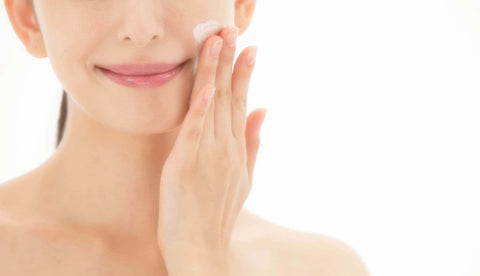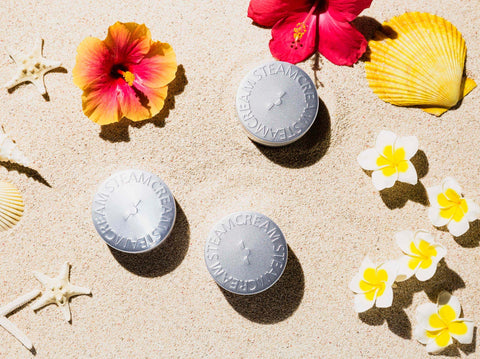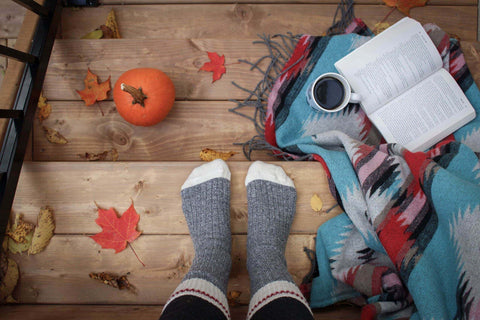Most people associate acne with those awkward teenage years, but in reality, it can strike anybody at any time. Acne is caused by pores becoming blocked, usually by oil or dead skin cells. This can lead to the growth of the acne causing bacteria, Propionibacterium acnes, which your body’s natural defences try to fight. The battleground of this fight is often left inflamed and covered with acne.
It’s estimated that acne affects over 80% of people at some point. With such a huge potential market, there is no shortage of expensive treatments to choose from. However, many are left dissatisfied with these options, especially if they lead to undesirable side effects. As with most common ailments, there are plenty of natural remedies that are said to help. We’ve separated the old wives’ tales from the real remedies to bring you three of the best treatments that can actually work, and save you some money in the process.
Sink some zinc
Researchers discovered people with acne tend to have lower zinc levels than people with clear skin. A study tested the finding by giving a control group 3 zinc supplements per day. After eight weeks, nearly three-quarters of the participants reported an 80-100% reduction in their acne.
Zinc supplements are relatively easy to get hold of and can be found in most specialist health food stores. The recommended upper daily limit is 40mg, exceeding this could lead to stomach pain, so you keep your dosage below this level.
Natural goodness
There are so many natural ingredients that are able to help skin prone to breakouts. Aloe Vera, for example, contains sulfur and salicylic acid, which have been consistently shown to reduce inflammation and acne.
Other natural ingredients that can calm and neutralise the skin include lavender, which is known for calming redness, jojoba, which helps to dissolve excess sebum on the skin and chamomile, which is naturally antiseptic and antibacterial. We’ve combined these ingredients and many more to complement a range of skin types in our Steamcream. See the full list of ingredients here >

Let your acne relax with a nice cup of tea
Green tea is packed with antioxidants that can reduce the production of sebum, the oily offender that leads to acne. Over time, this will reduce inflammation and the number of pimples.
You can easily make green tea at home. Let the tea cool to avoid burning yourself, and then dab the mixture on the relevant areas with a cotton bud. Leave the tea to dry before gently rinsing it off with water.
While its direct impact on acne has less evidence than some of the other treatments, there are many people who’ve had success using it. It’s also proven to help lower your blood sugar, which can also help with acne.

Conclusion
Acne has too many underlying causes for a ‘one size fits all’ solution. A lot of regular health advice will help with acne, such as getting regular exercise and eating a low glycemic load diet, which means avoiding sugary snacks, white bread and processed foods with a high sugar content as much as you can. Some people have also found reducing the amount of dairy in their diet to be effective. A lasting solution requires some testing to discover what works best for you.
What our customers say:
“I'm on my 2nd tub of steam cream in a year! I was struggling with mild acne and it has cleared my skin better than any cream I have bought. A little bit goes a long way and it leaves my skin feeling soft and refreshed and not at all greasy like other moisturisers I've used.” - Melissa H.
“I've been using solely STEAMCREAM on my skin since my late teens when I struggled with acne. Years on, I still use it every day to keep my (very dry) skin soft. I would highly recommend it as it's a fresher alternative to the overly chemical creams out there. The tin goes a long way, it usually lasts me 6-8 months, and after that, I add the pretty tin to my collection!” - Cleo A.




